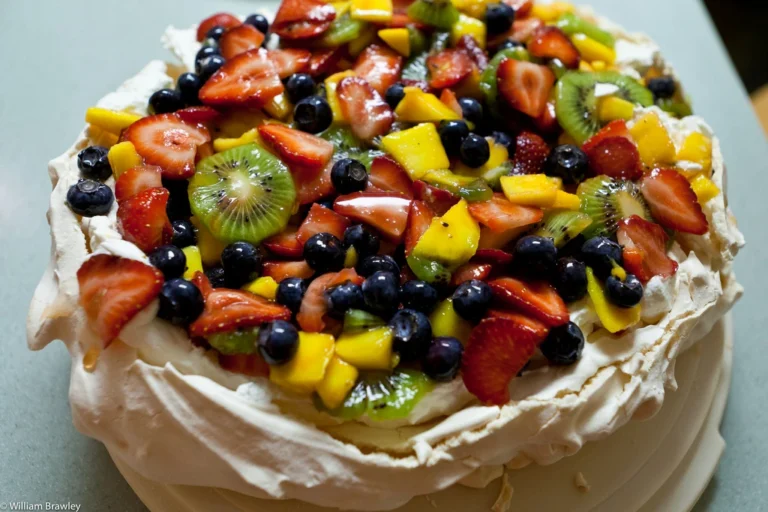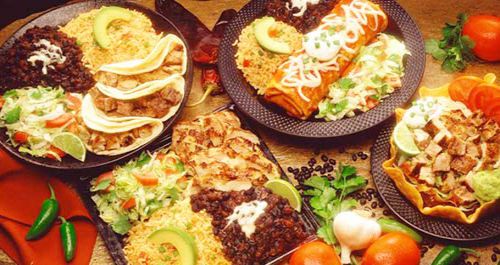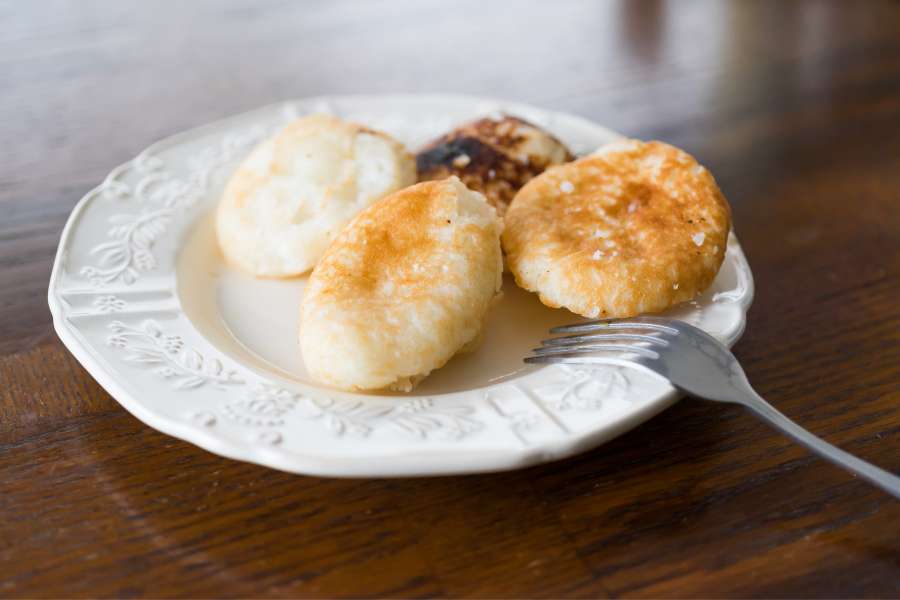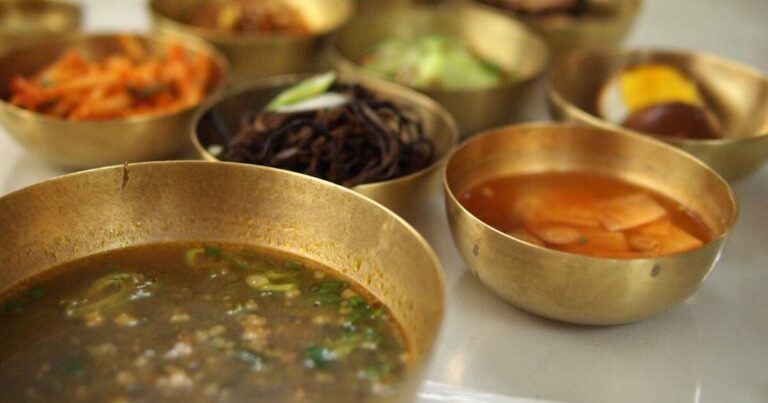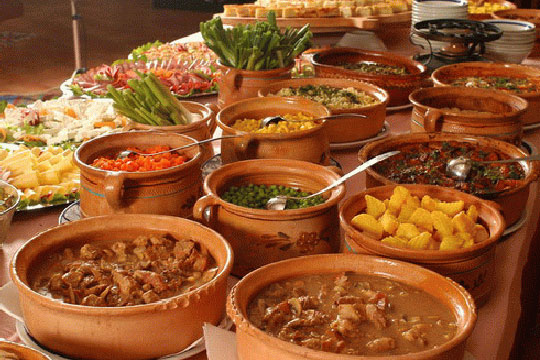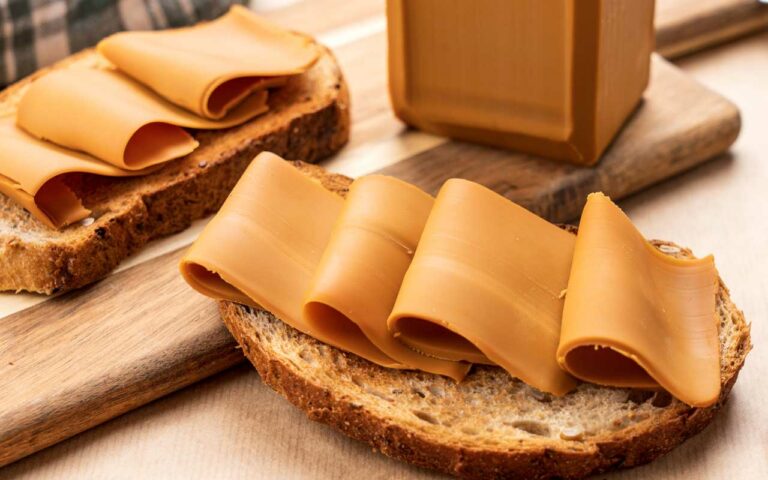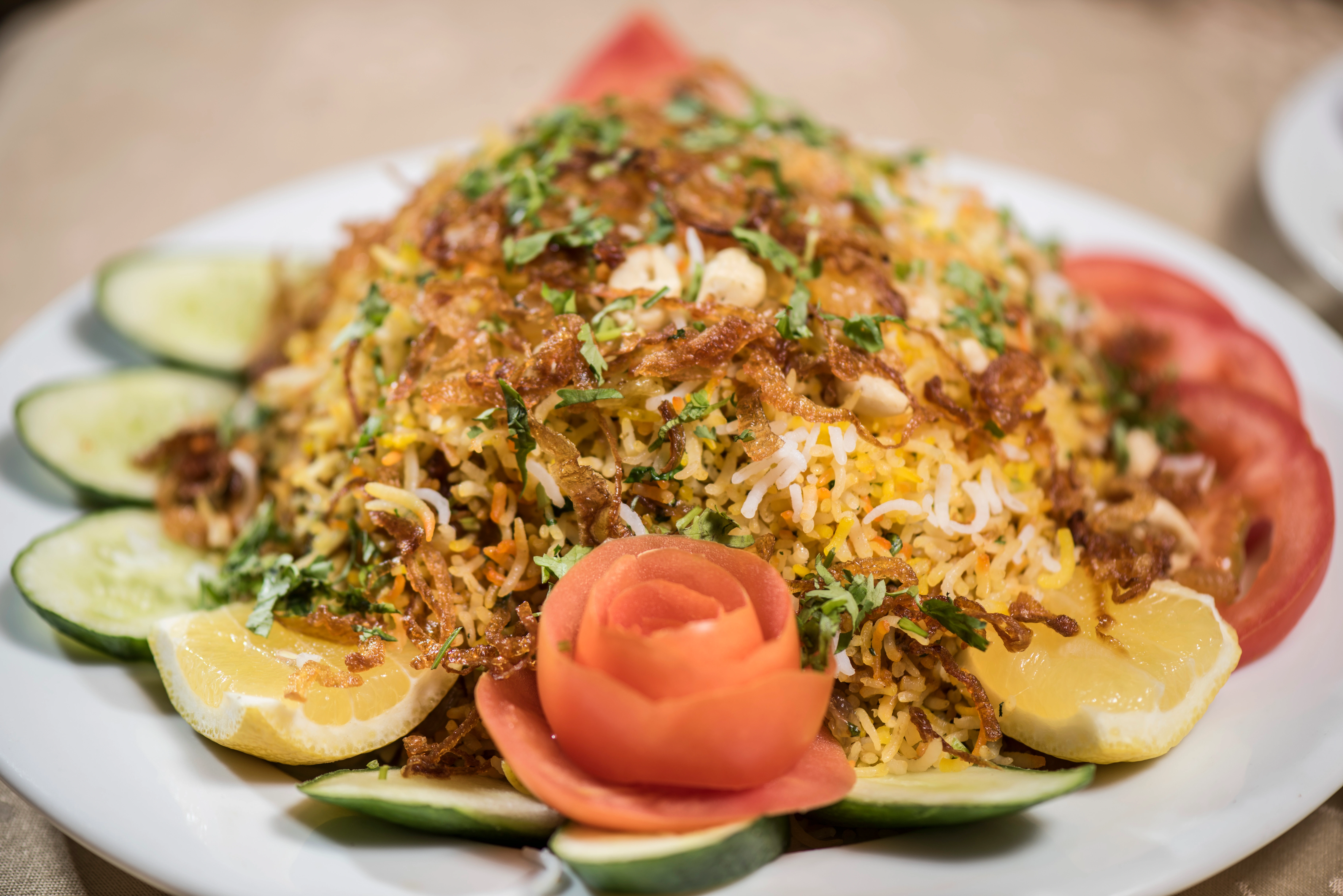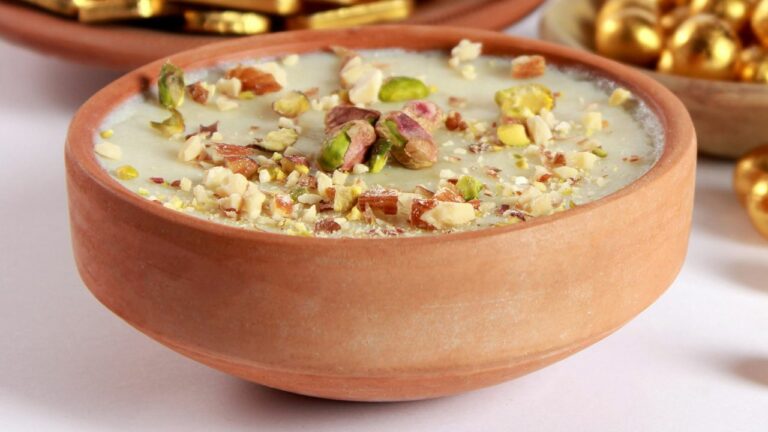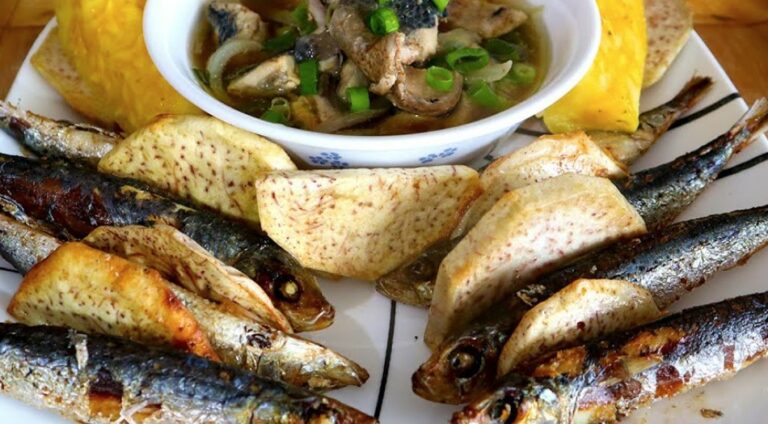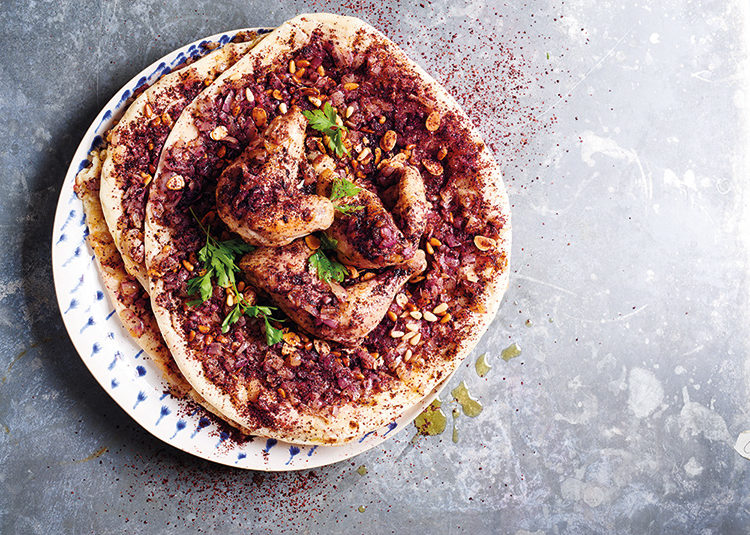Introduction: Discovering New Zealand’s Food Markets and Festivals
New Zealand is a country renowned for its natural beauty, adventure activities, and rich culture. But did you know that New Zealand also boasts an incredible food scene? From artisanal cheese to fresh seafood, the country is home to a diverse range of culinary delights that are sure to satisfy even the most discerning palate. And what better way to experience this food culture than by visiting one of the many food markets or festivals that take place throughout the country?
Whether you’re a foodie looking for a unique taste experience or simply someone who enjoys sampling local cuisine, New Zealand has a food market or festival to suit your tastes. In this article, we’ll take a closer look at some of the must-visit food markets and festivals in the country, as well as exploring the regional specialties that make each area of New Zealand unique.
Food Markets in New Zealand: Where to Find Them
One of the best ways to experience the local food culture in New Zealand is by visiting one of the many food markets that take place across the country. Whether you’re looking for fresh produce, artisanal cheese, or delicious street food, there’s a market to suit your tastes. Some of the most popular food markets in New Zealand include:
- The Auckland Fish Market, which offers a wide range of fresh seafood from around the country
- The Wellington Night Market, which serves up a diverse range of street food from around the world
- The Christchurch Farmers’ Market, which features a variety of locally-produced fruits, vegetables, and artisanal products
- The Otago Farmers’ Market, which is one of the largest farmers’ markets in the country and offers a wide range of fresh produce and artisanal products
Must-Visit Food Festivals in New Zealand
In addition to its food markets, New Zealand is also home to a range of food festivals that celebrate the country’s culinary culture. From wine festivals to seafood festivals, there’s a festival to suit every taste. Some of the must-visit food festivals in New Zealand include:
- The Marlborough Wine and Food Festival, which celebrates the region’s world-renowned Sauvignon Blanc
- The Hokitika Wildfoods Festival, which offers a range of unique and unusual foods such as huhu grubs and whitebait fritters
- The Wellington Food Show, which brings together some of the country’s top chefs and food producers for a weekend of tastings and demonstrations
- The Auckland Seafood Festival, which showcases the best of New Zealand’s seafood industry
Exploring Regional Food Specialties in New Zealand
One of the most exciting things about New Zealand’s food culture is the diversity of regional specialties that can be found throughout the country. From the creamy blue cheese of the Waikato region to the sweet honey of the Bay of Plenty, each area of New Zealand has its own unique flavors to offer. Some of the regional specialties worth trying include:
- Bluff oysters from the South Island
- Hawke’s Bay lamb
- Central Otago Pinot Noir
- Canterbury cheeses
- Nelson hops
A Guide to Family-friendly Food Markets in New Zealand
If you’re traveling with children, New Zealand’s food markets can be a great way to introduce them to new flavors and ingredients. Many of the country’s markets are family-friendly, with plenty of activities to keep kids entertained while you shop and sample. Some of the best family-friendly food markets in New Zealand include:
- The Tauranga Farmers’ Market, which features a range of activities for children including face painting and balloon animals
- The Matakana Farmers’ Market, which has a playground and sandpit for kids to enjoy
- The Queenstown Farmers’ Market, which offers pony rides and a bouncy castle for children to play on
- The Hamilton Farmers’ Market, which has a dedicated kids’ zone with games and activities
Conclusion: Savoring the Flavors of New Zealand’s Food Markets and Festivals
From the fresh seafood of the Auckland Fish Market to the unusual delicacies of the Hokitika Wildfoods Festival, New Zealand has something to offer every food lover. Whether you’re exploring the country’s regional specialties or simply browsing the stalls at a local food market, you’re sure to find something that will delight your taste buds. So why not make your next trip to New Zealand a culinary adventure and savor the flavors of this incredible country?

